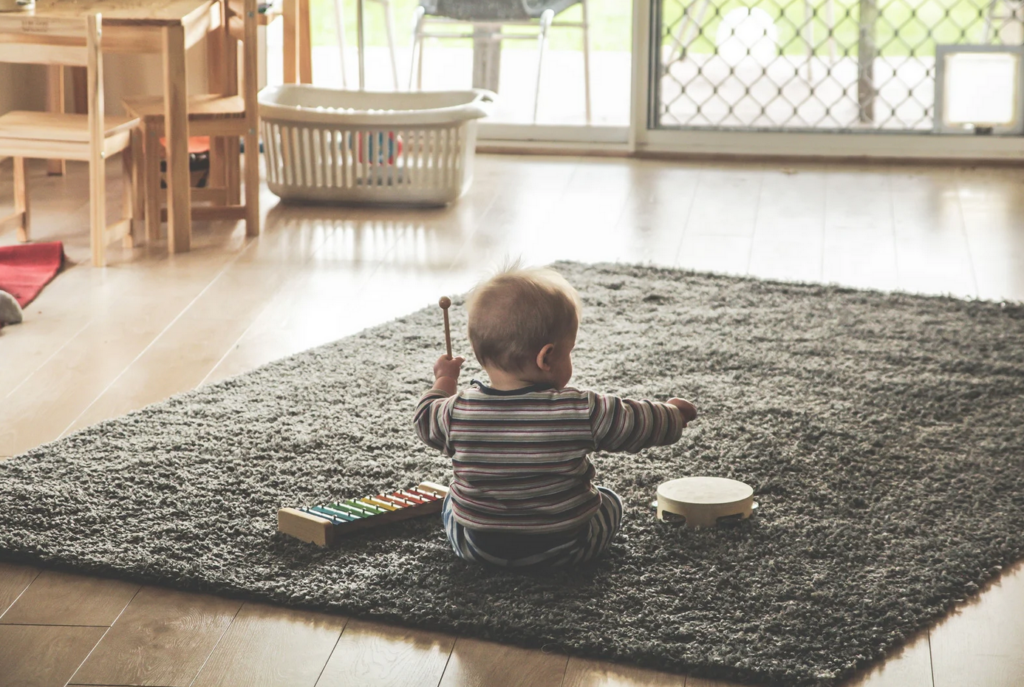Communication is a fundamental aspect of human connection, and for children on the autism spectrum, developing speech, language, and verbal skills may present unique challenges. In this blog post, we’ll delve into the complexities of speech and language development in autistic children and explore effective strategies to nurture and support their communication journey.
Understanding the Landscape
Diverse Communication Profiles
Autistic children exhibit a diverse range of communication profiles. Some may have delayed speech, while others might experience challenges in expressive language or social communication. Recognizing and respecting these differences is crucial.
Non-Verbal Communication
Many autistic children use non-verbal communication methods, such as gestures, facial expressions, or picture communication systems. Understanding and encouraging these forms of expression can be vital for fostering effective communication.
Sensory Sensitivities
Sensory sensitivities can impact a child’s willingness to engage in verbal communication. Creating a sensory-friendly environment can help reduce potential barriers and facilitate better communication experiences.
Nurturing Speech and Language Skills
Early Intervention
Early intervention is key in supporting speech and language development. If concerns arise, consult with speech-language pathologists and developmental specialists to create a tailored plan that addresses the child’s unique needs.
Visual Supports
Implement visual supports such as visual schedules, social stories, and visual aids to enhance understanding. Visual supports can provide a visual structure that aids in communication comprehension.
Augmentative and Alternative Communication (AAC)
For some autistic children, AAC tools such as communication boards, tablets, or devices can be beneficial. AAC supports can supplement verbal communication or serve as a primary means of expression.
Play-Based Learning
Incorporate play-based activities that encourage communication in a natural and enjoyable context. Play is a powerful tool for language development and can motivate children to communicate in a relaxed setting.
Building Verbal Skills
Imitation and Modeling
Encourage imitation by modeling speech and language. Use simple and clear language, and provide opportunities for the child to mimic sounds, words, and phrases.
Expand and Reinforce
Expand on the child’s verbal attempts by adding new words or building on their sentence structure. Positive reinforcement, such as praise or rewards, can motivate continued verbal communication attempts.
Social Interaction
Foster social interactions with peers and adults. Engaging in social settings provides opportunities for spontaneous communication, turn-taking, and understanding social cues.
Speech Therapy
Consider regular speech therapy sessions to work on specific speech goals. A speech-language pathologist can create a customized plan and provide ongoing support for the child’s communication development.
Celebrating Progress
Acknowledge Efforts
Celebrate and acknowledge the child’s communication efforts, whether they are verbal or non-verbal. Positive reinforcement can boost confidence and motivation.
Family Involvement
Encourage family involvement in the child’s communication journey. Providing a consistent and supportive communication environment at home reinforces skills learned in therapy or educational settings.
Conclusion
Nurturing speech, language, and verbal skills in autistic children is a collaborative and patient journey. By embracing diverse communication styles, utilizing supportive strategies, and celebrating progress, we can create an environment where every child has the opportunity to express themselves and connect with the world around them.



